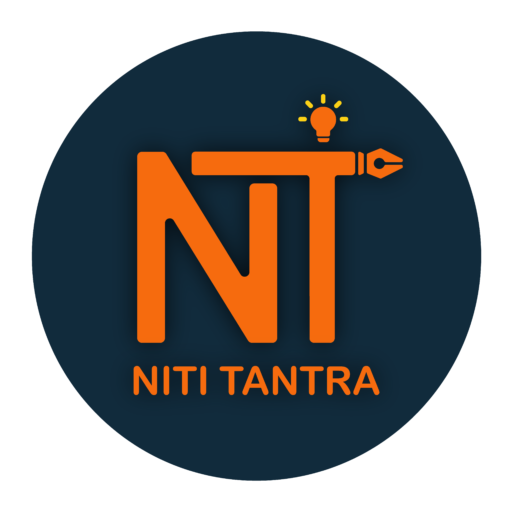Abstract
This paper examines the rising concerns surrounding legal and illegal migration. It explores the Indian context through case studies of migration issues in regions like Assam, Manipur, West Bengal, the Rohingya crisis, etc. Additionally, the global migration crisis in Ukraine, Gaza, Syria, Afghanistan, etc. is assessed. The paper, then, highlights the dual impact of migration such as addressing labour shortages and remittances alongside internal security risks and social tensions. Policy recommendations to address illegal migration in Indian states and strategies are proposed to mitigate legal migration challenges.
Keywords: Illegal Migration, Manipur, Migrants, Refugee, Rohingya, Ukraine
Introduction
Migration, an intrinsic part of human history encompassing legal and illegal dimensions, has emerged as a pivotal issue in the contemporary global landscape. According to the International Organization for Migration (IOM), over 281 million were international migrants in 2024, constituting 3.6% of the worldwide population. According to the World Migration Report 2024, international migration remains a driver of human development and economic growth, highlighted by a more than 650% increase in international remittances from 2000 to 2022, rising from $128 billion to $831 billion. Of that $831 billion in remittances, $647 billion were sent by migrants to low and middle-income countries. These remittances constitute a significant portion of those countries’ GDPs.
Many factors, including economic opportunities, wars and conflict, environmental changes, and political instability drive migration. However, the rise in migration has also led to growing concerns about the socio-economic, political, and security implications, particularly in regions where illegal migration is prevalent. With an estimated 281 million international migrants worldwide, the number of displaced individuals due to conflict, violence, disaster, and other reasons has surged to the highest levels in modern-day records, reaching 117 million, underscoring the urgency of addressing displacement crises.
In India, migration trends have been equally significant, with the 2011 Census reporting over 45 crore of internal migrants and a substantial number of international migrants. In India too, the issue of undocumented migration, particularly from neighbouring Bangladesh and Myanmar, has been a persistent one. The most affected regions include the northeastern states like Assam, Manipur, and West Bengal, where the influx of undocumented immigrants has led to demographic shifts, cultural tensions, and political unrest. All these upscale the concerns on cross-border terrorism, smuggling, human trafficking, low-wage jobs for local labour, etc.
Though the Indian government has taken various measures, from time to time, to address these issues such as the Assam Accord 1985, the National Register of Citizens (NRC), and bilateral agreements with the neighbouring states, the effectiveness of these measures remains a topic of debate. On 17th July, 2024, Assam’s Chief Minister Himanta Biswa Sarma Ji stated that changing demography is a significant issue for him. He mentioned that in Assam, the Muslim population has reached 40% today, whereas, in 1951, it was 12%. He expressed concern that many districts have been lost, emphasising that this is not a political issue but a matter of life and death for him. Similar concerns were raised in Himachal Pradesh on the influx of Bangladeshi Muslims into the state.
Click Here To Download The Paper


📌Analysis of Bills and Acts
📌 Summary of Reports from Government Agencies
📌 Analysis of Election Manifestos

